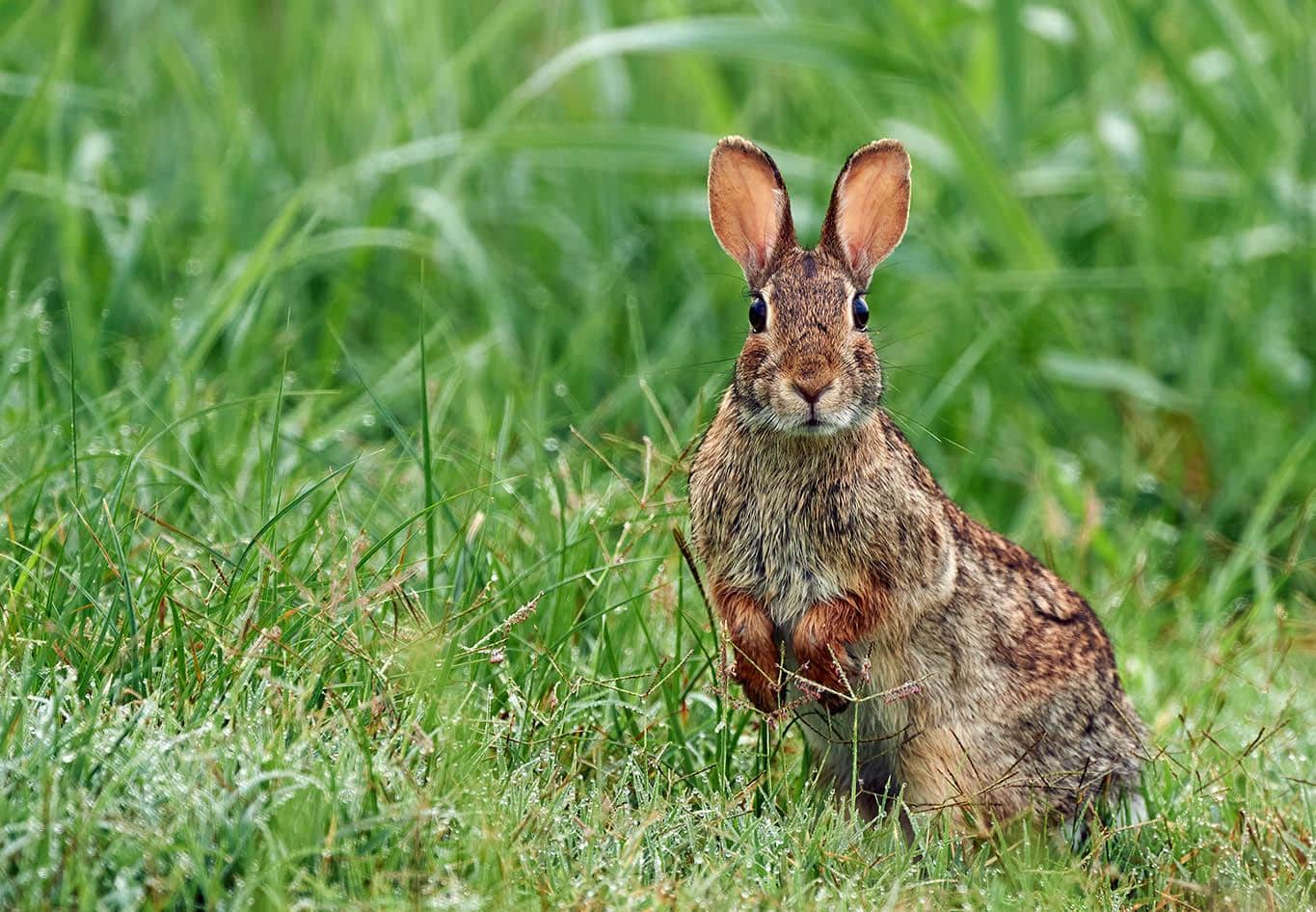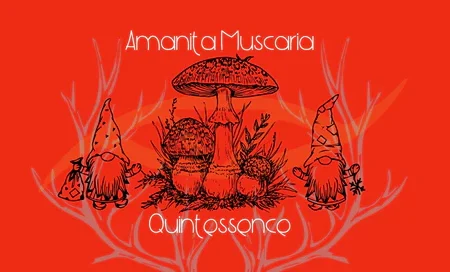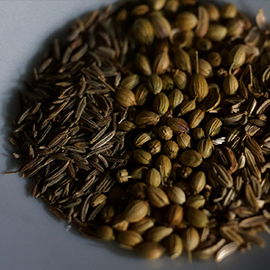Your cart is currently empty!
Rabbit Animal Guide Spagyric (Materia Artium Labs)
Rabbit Animal Guide Spagyric (Materia Artium Labs) Species: Sylvilagus audubonii – Desert Cottontail Secured: May 2019 in Taos, New Mexico Parts Used: With the exception of the hide and skull, all parts where used Method of Extraction: Advanced Alchemical lab processes combining Plant, Animal, and Mineral works to achieve the secretive Animal Alchemy Correspondences: Mercury, Moon, Earth, Jupiter, Venus
Description
Rabbit Animal Guide Spagyric (Materia Artium Labs)
Species: Sylvilagus audubonii – Desert Cottontail
Secured: May 2019 in Taos, New Mexico
Parts Used: With the exception of the hide and skull, all parts where used
Method of Extraction: Advanced Alchemical lab processes combining Plant, Animal, and Mineral works to achieve the secretive Animal Alchemy
Correspondences: Mercury, Moon, Earth, Jupiter, Venus
Highlights: Fertility, New Beginnings, Alertness, Cycles/Lunar Cycles, Rapid Changes, Speed, Agility, Ambition, Foresight, Ability to Blend in, Quick/Rapid Decision Making, Opportunities, Planning Ahead, Preparedness, Good Luck, Intuition, Psychic Abilities, Awareness, Sensitivity, Lunar Magic, Protection, Sacrifice, Family, Care, Responsibility to Others, Empathy, Gentleness, Haste, Maneuverability, Quick Thinking/Fast Action, The Divine Mother/Feminine
.: Biology :.
Rabbits, along with hares, are in the family Leporidae lagomorph with 29 species being wild, and numerous domestic species, inhabiting every continent except Antarctica. Their sizes range from the smallest Pygmy rabbit at 9″ to the largest being the Antelope Jackrabbit at 24″.
Rabbits have specialized ears that are highly vascular which help thermoregulate depending on the size of the ears and their habitats and are sensory heightened organs used in predator detection. Smaller ears help keep preserve warmth in colder habitats while larger ears help disperse heat in hotter climates.
Their habitats include meadows, grasslands, deserts, woods, forests, and harsh, cold environments. They are social animals, although Cottontails tend to be solitary, living in burrow networks called warrens where there is an alpha females and various alpha males. Mothers tend to spend less amounts of time at or near the place where babies are buried in small dug out ditches since they don’t have a scent and the mother, in order to keep her scent away from them, occupies her time feeding herself only to return to feed the young. Her milk in one of the most richest and nutritious in the animal kingdom, because of this one feeding a day is more than enough and aids in keeping predator attention away from the young by avoiding her scent and appearance near them.







Reviews
There are no reviews yet.